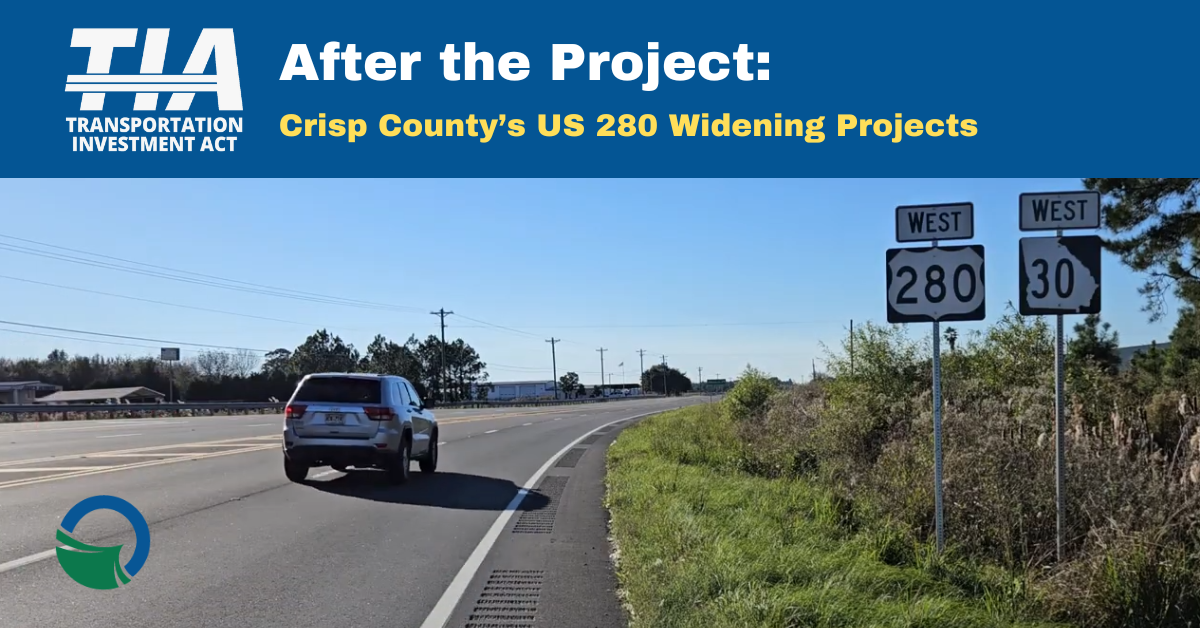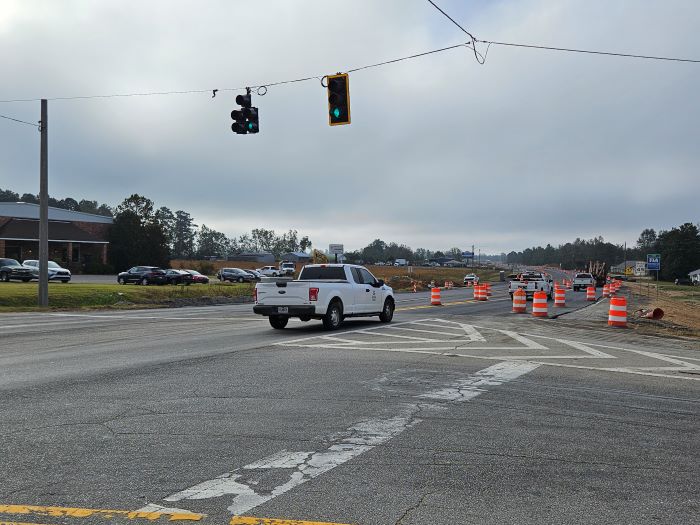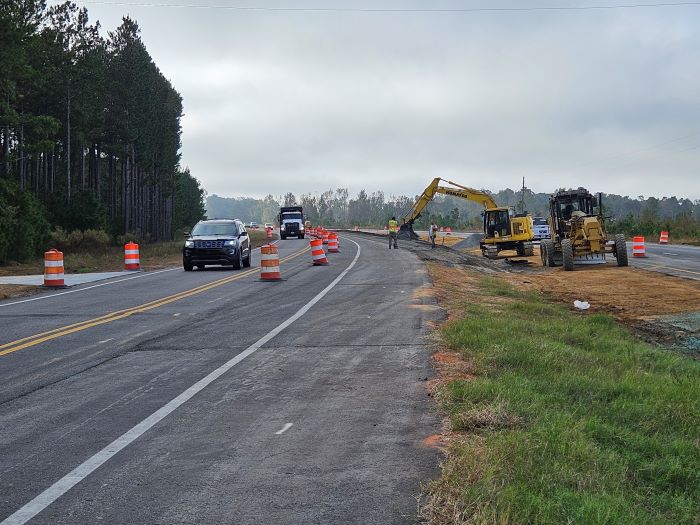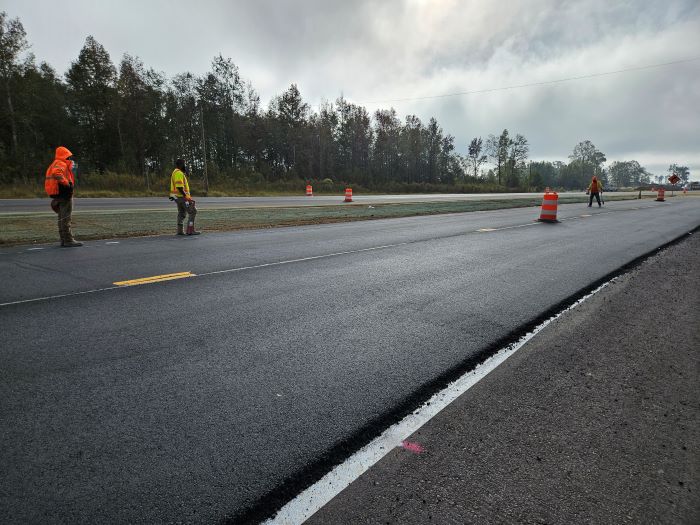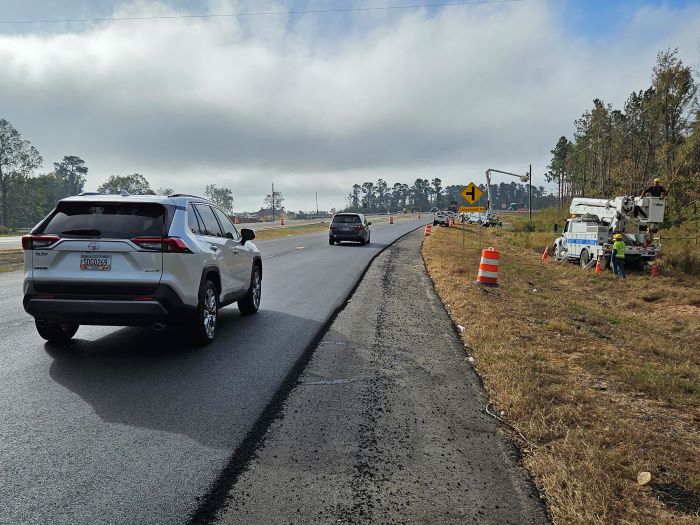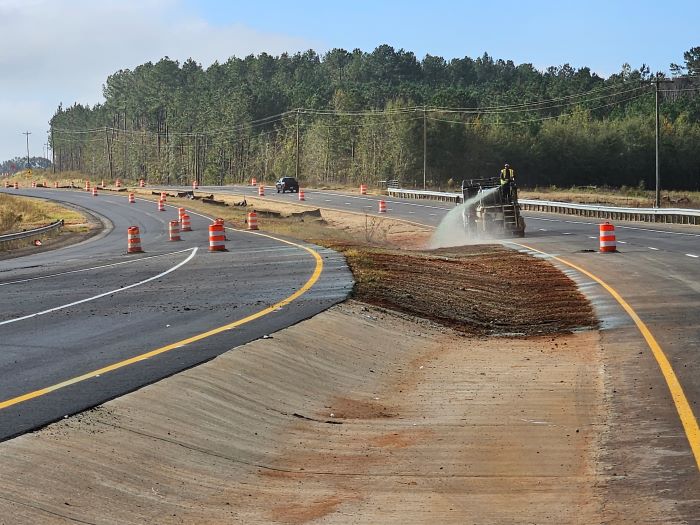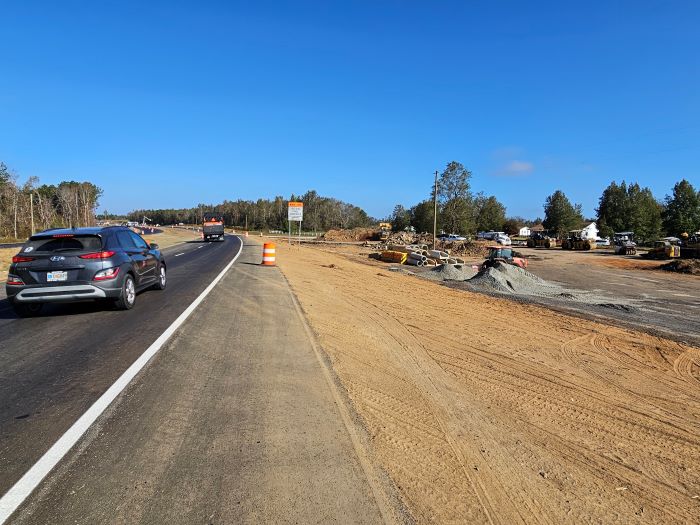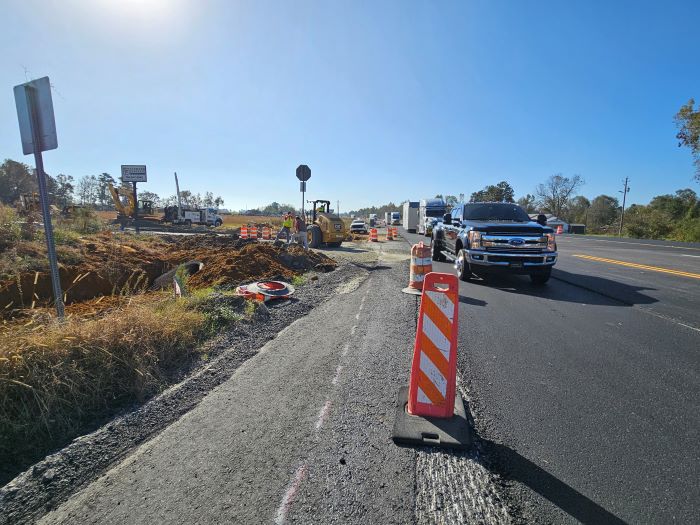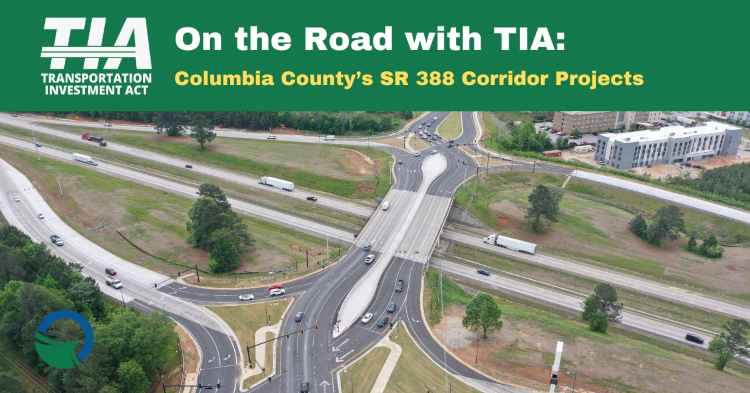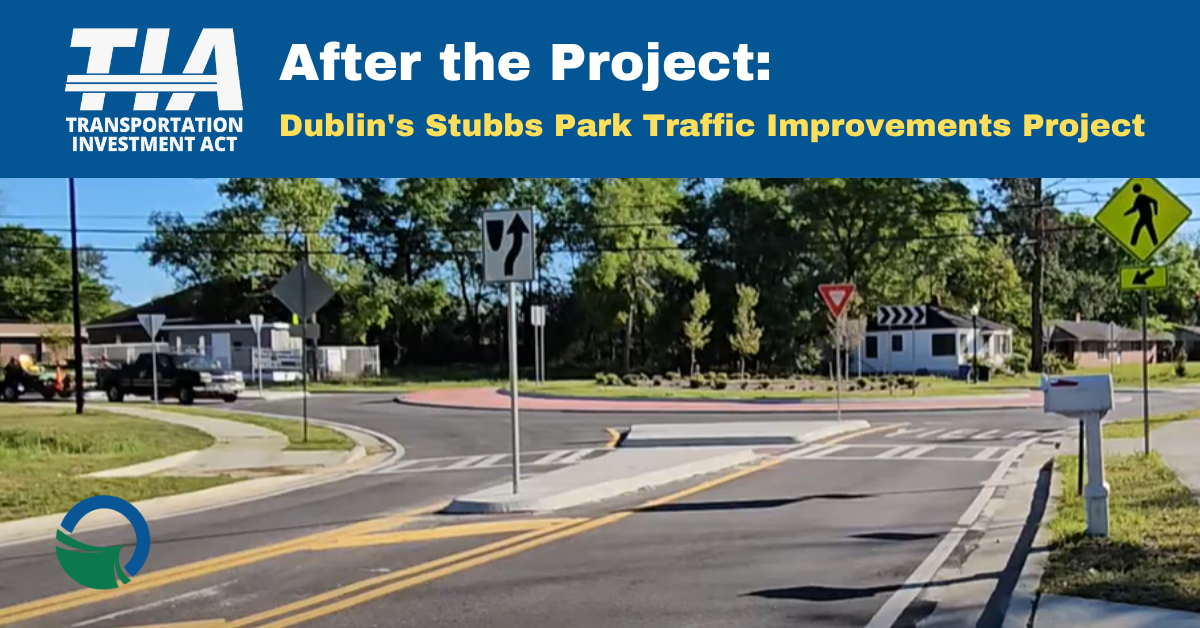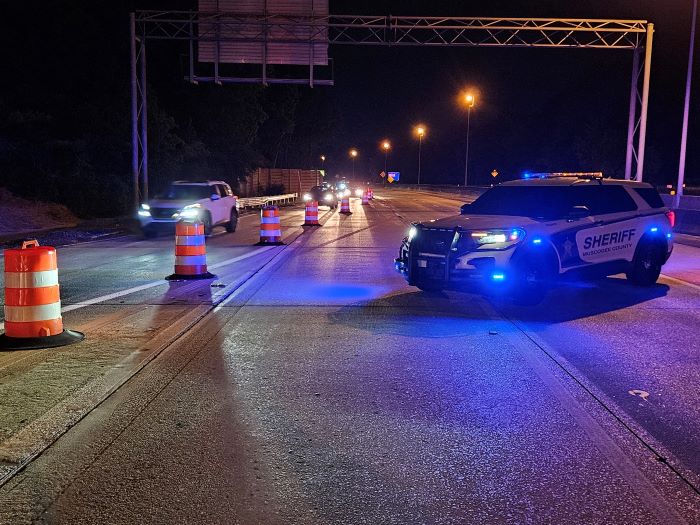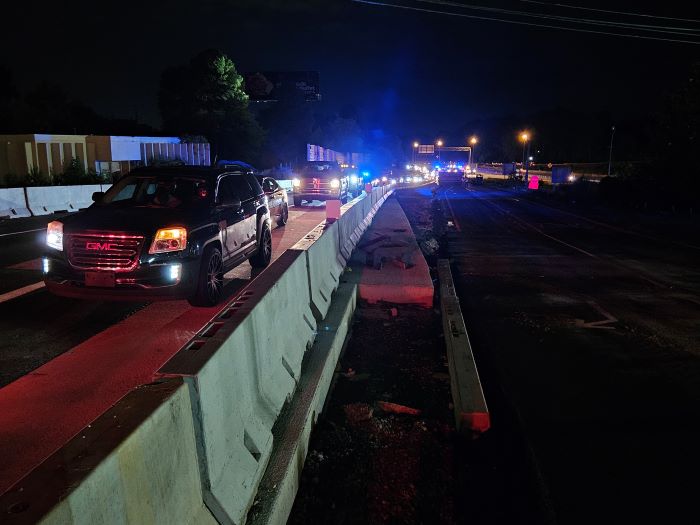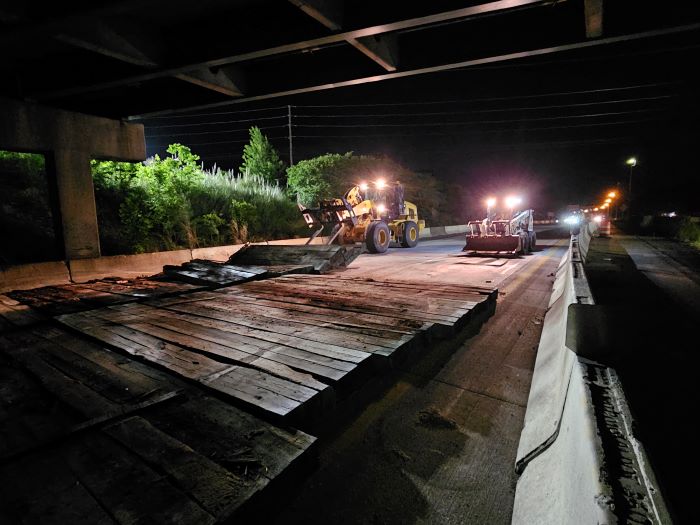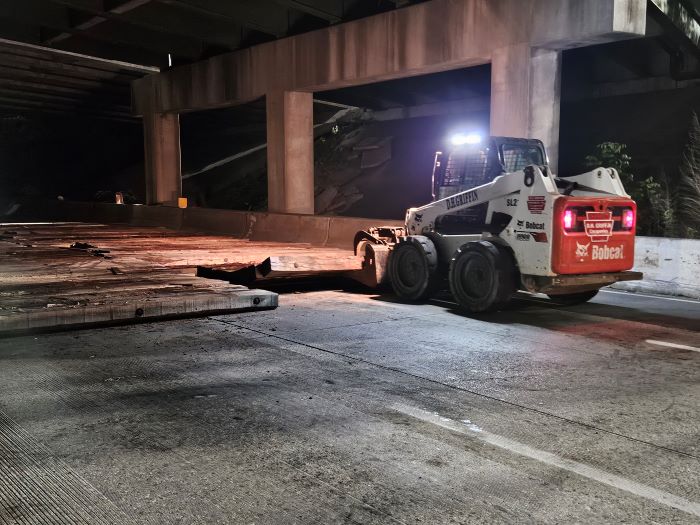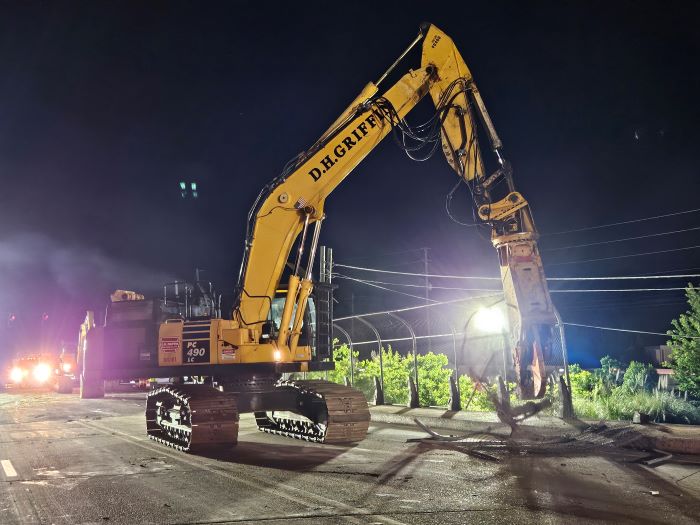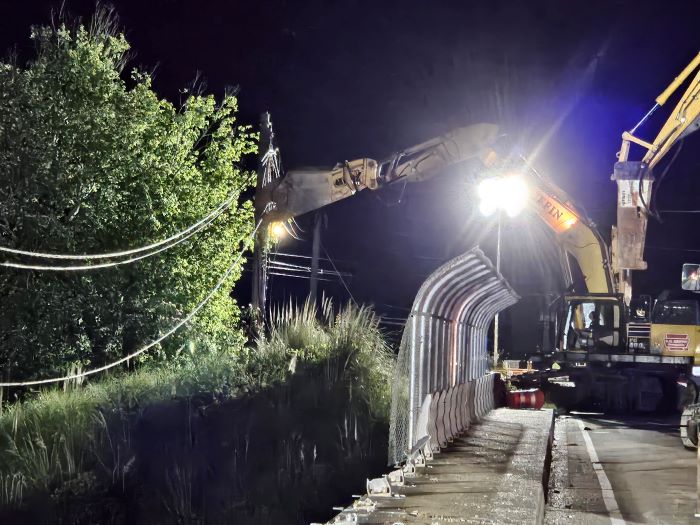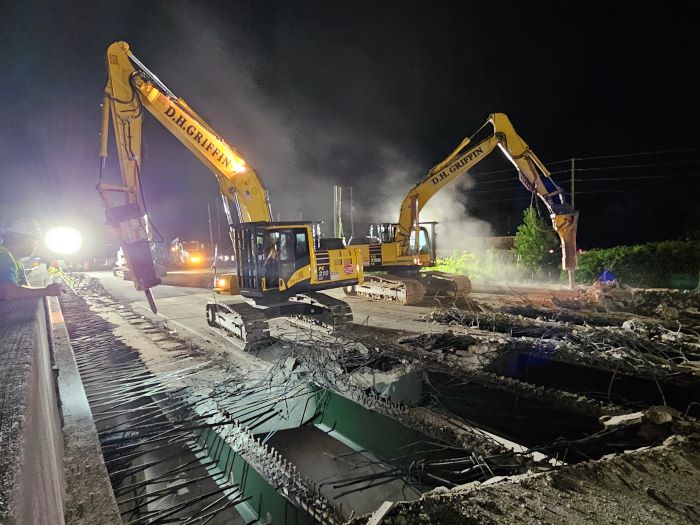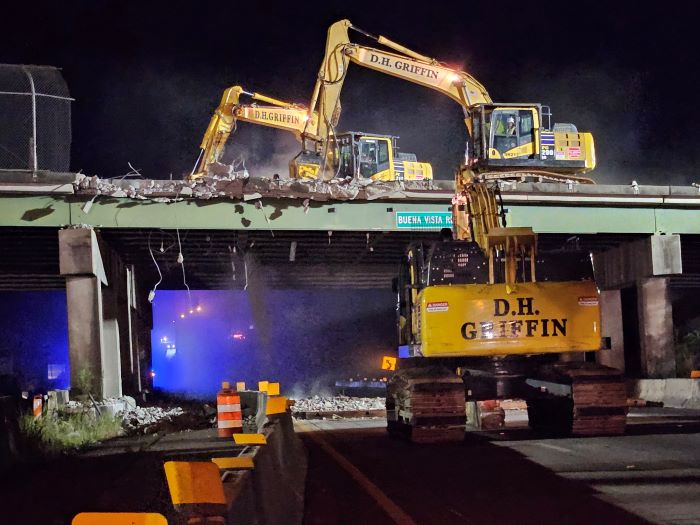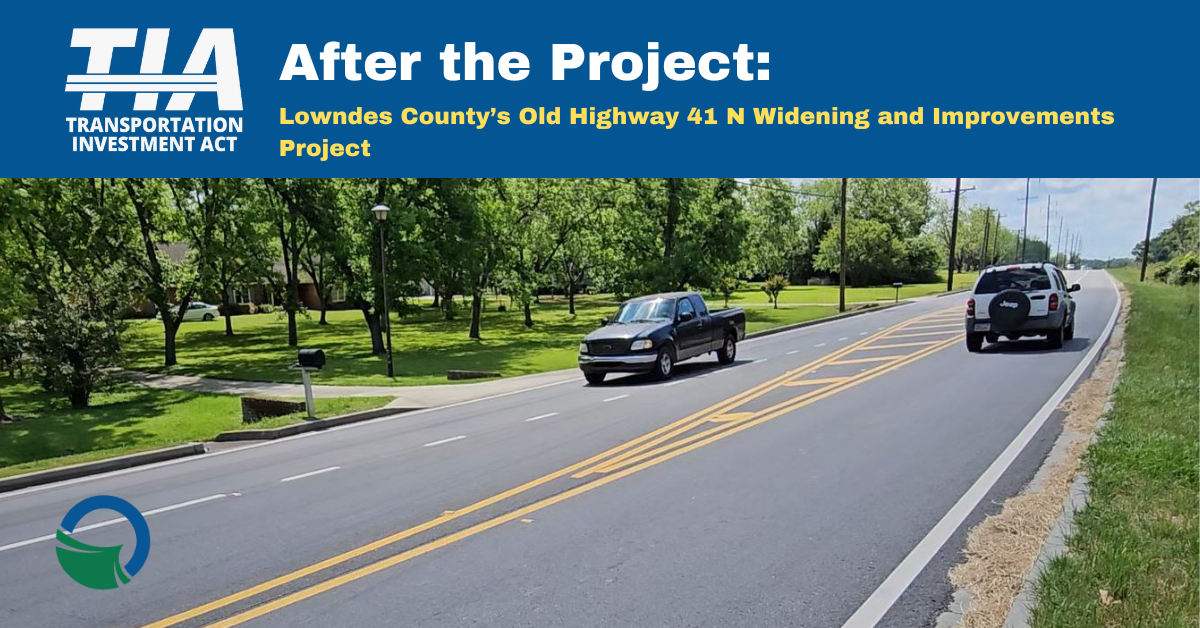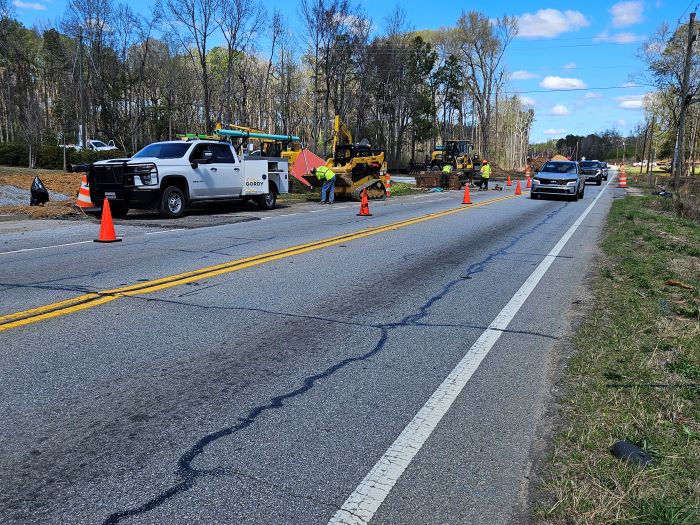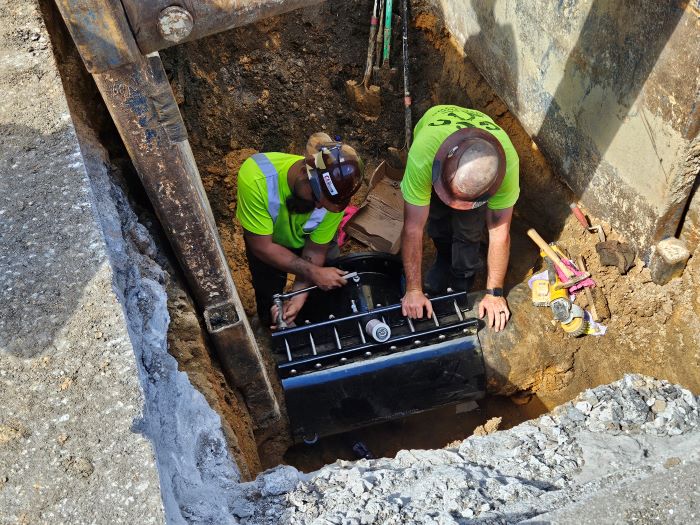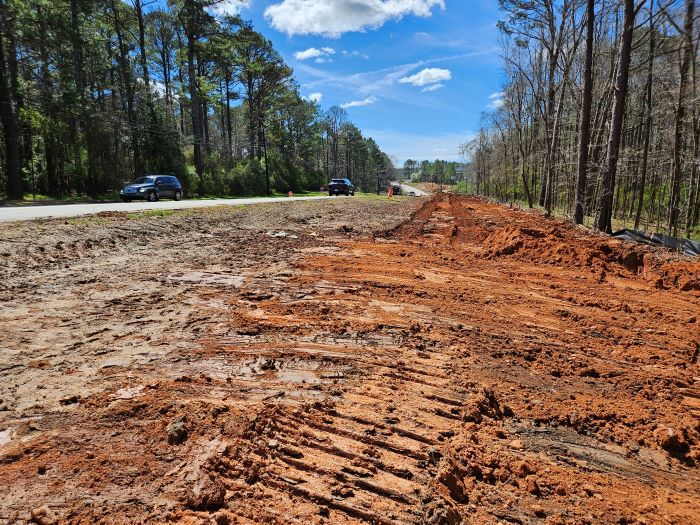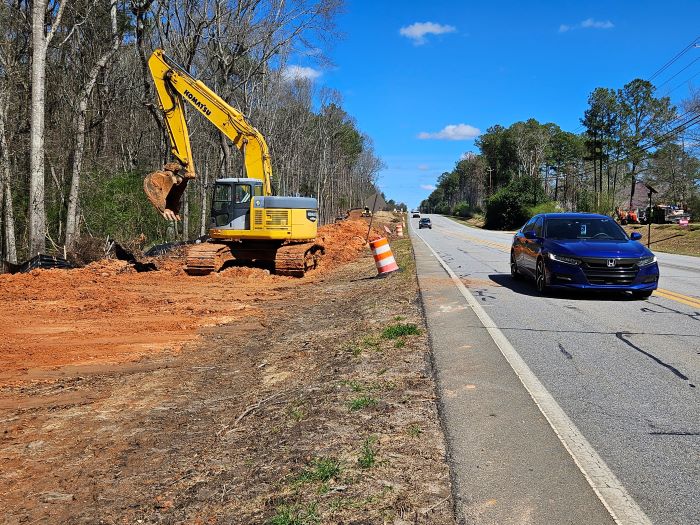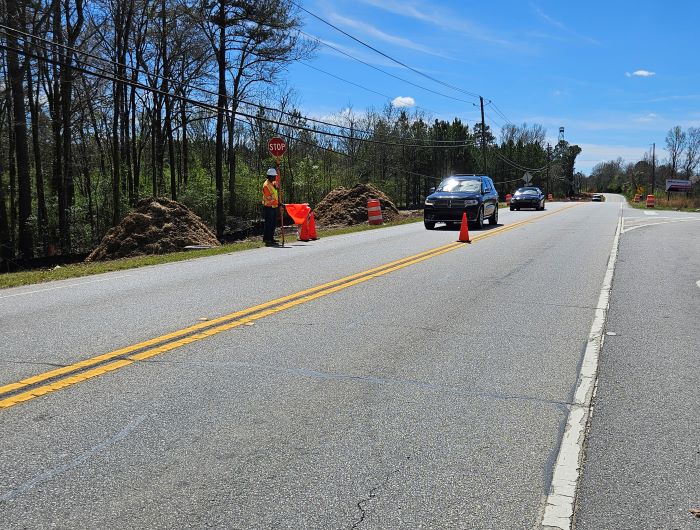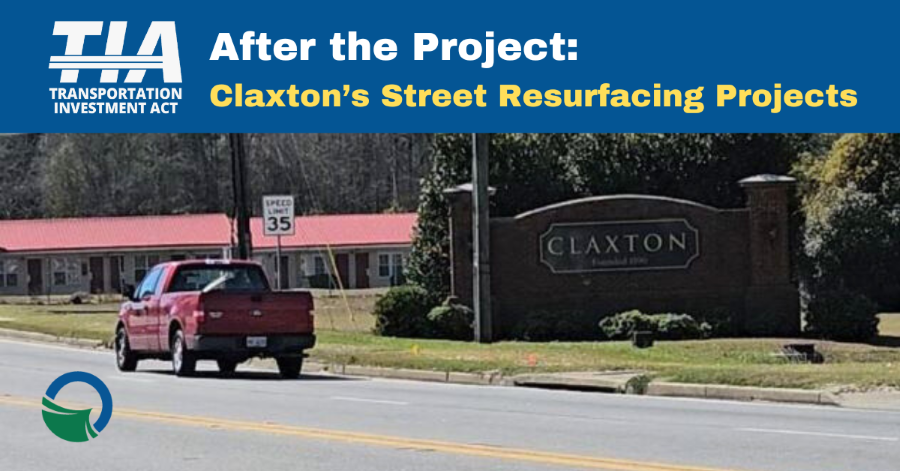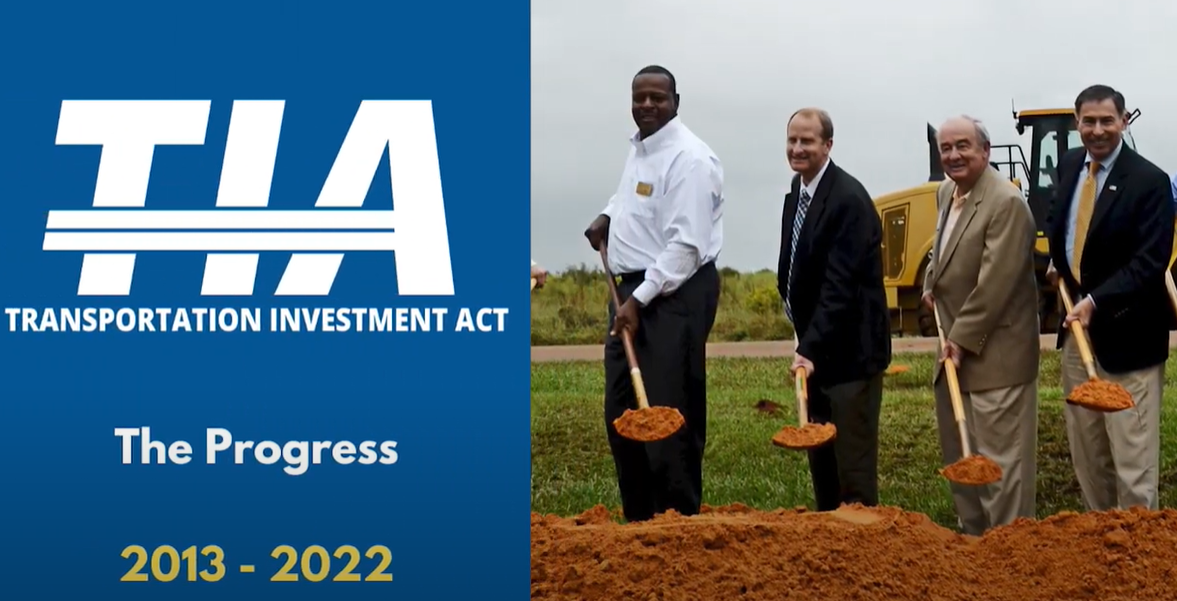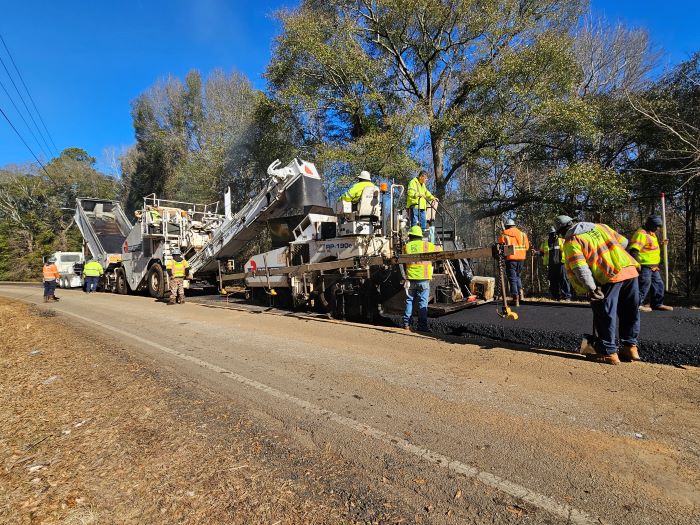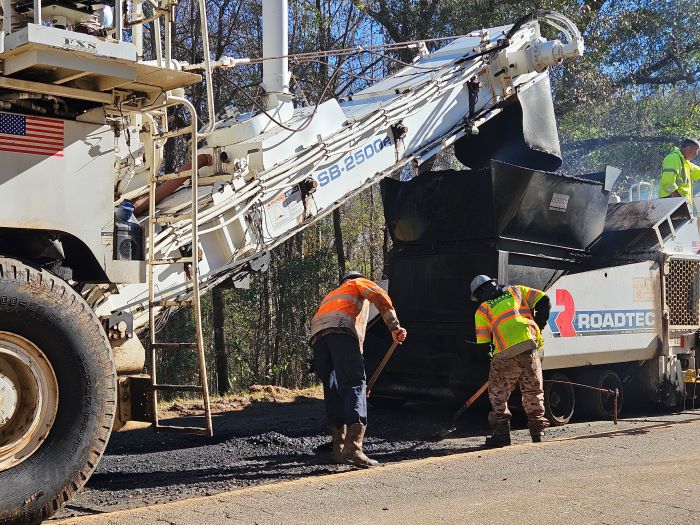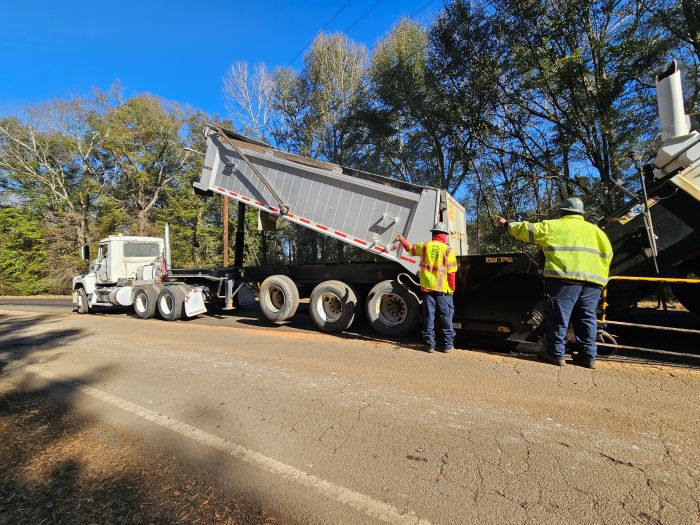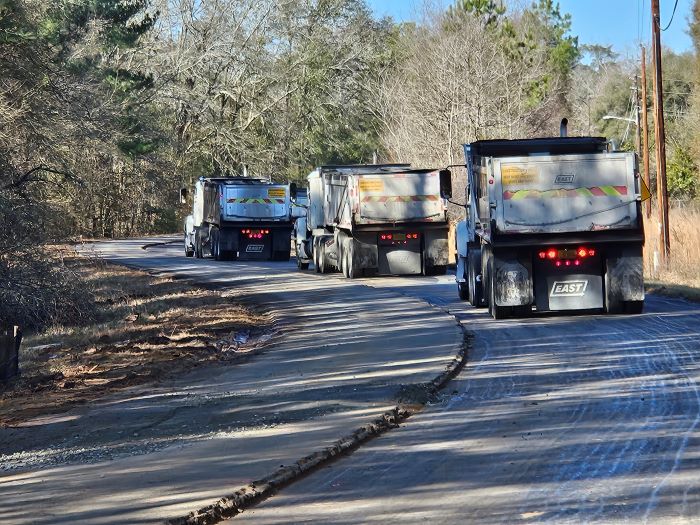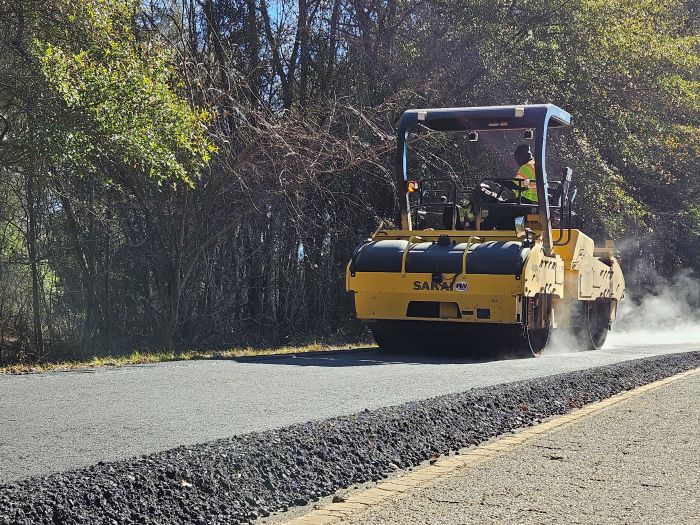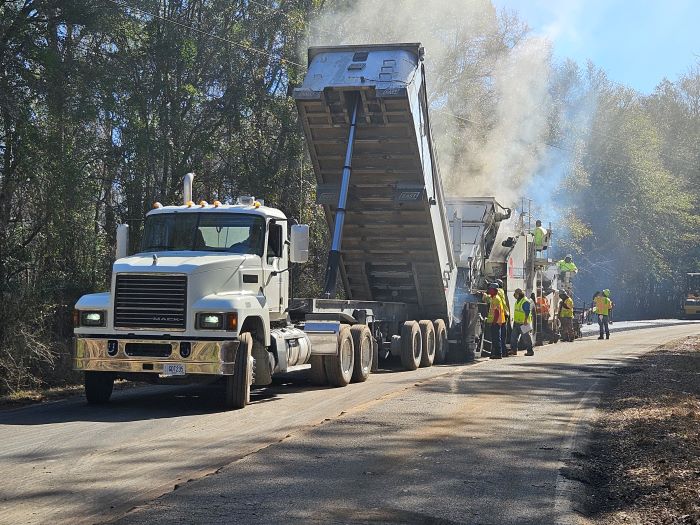Last weekend, May 10 - 12, 2024, multiple construction crews cooperated to demolish the remaining Buena Vista Road overpass bridge at Interstate 185. There are many ways to take down a concrete structure, and project engineers ultimately decided the most effective operation would involve: 1) working in overnight shifts, when there's less traffic; 2) removing half of the bridge at a time, the west end on the first night and the east end on the second; 3) closing the interstate lanes through the area and redirecting traffic to use the on- and off-ramps to get around the activity; and 4) using huge hydraulic jackhammer vehicles to quickly break up the concrete and rebar.
With various coordinated teams participating, the overnight driving public remaining in the vicinity and tons of rubble to be created and then removed, keeping everyone and everything in the area safe and secure was the ultimate goal. Yes, working quickly and making sure that resources were being used carefully were also important, but time and costs can be managed if necessary. Peoples' lives and livelihoods must always be protected and preserved, as unaffected as possible by the construction.
The photos and details shown below are from the first night of the demolition, but the process remained the same for both nights.
On Friday, May 10, the first safety step of the night involved enacting the traffic control plan. The Columbus Consolidated Government and Georgia DOT both made announcements through broadcast and social media in the weeks prior to the construction event, alerting local and regional residents to the interstate lane closures. The project's contractors set up message boards in advance of the construction site as an additional notice.
At 9:00 p.m., a crew started by setting out orange-and-white barrels to direct through-traffic to the on- and off-ramps, while officers with the Muscogee County Sheriff's Department and Columbus Police Department gradually blocked the interstate lanes and then monitored traffic through the area throughout the process. At times they also temporarily closed traffic to the newly-completed overpass, and a couple of times had to deal with a motorist who wasn't paying attention and managed to get around the barriers. All in all, however, the vast majority of drivers patiently and safely passed alongside the demolition.
In addition to protecting people and their vehicles, the construction plan also ensured that the roadway underneath the bridge remained undamaged and able to be reopened to traffic at dawn. Part of the evening's prep work involved a two-worker team: one in a backhoe with a forklift who set loads of large wooden beams underneath the overpass, and another in a Bobcat with a grapple attachment who then lined up all the beams evenly. Huge chunks of concrete could then fall on the shock-absorbing beams and keep the road safe.
One of the largest construction vehicles of the night was equipped with what's called a 'shear,' a huge, sharp claw that can cut through metal like scissors cut through paper. The demolition shear was called in for two important safety tasks: 1) to take down the remaining metal features from the overpass, like the pedestrian safety fence, and 2) to cut down nearby power lines. Utility crews had already moved the power from the nearby lines to a new cables located away from the interchange, and with a few huge snips, the old lines were out of the way.
Finally the prep work was complete and team members in the giant jackhammer vehicles could start the actual bridge demolition. Operating in tandem, they jabbed in patterns through the concrete and rebar, and the old overpass fell in pieces down on top of the waiting wooden beams. With full safety measures in place, the jackhammers could operate fairly quickly leaving the steel beams to be then handled by the demolition shear and crew members who removed the metal pieces.
When the west end of the bridge was finally completely downed, the teams cooperated to ensure every bit of metal and rubble - as well as the wooden beams - were taken away in time for the interstate's morning commuters. The traffic control measures were lifted at 6:00 a.m., and drivers likely only fleetingly realized as they were on their ways to work, school or home that half of the old overpass was suddenly gone. It's that way with safety plans, though: when you take all necessary steps and do them correctly, most people won't notice anything at all.
